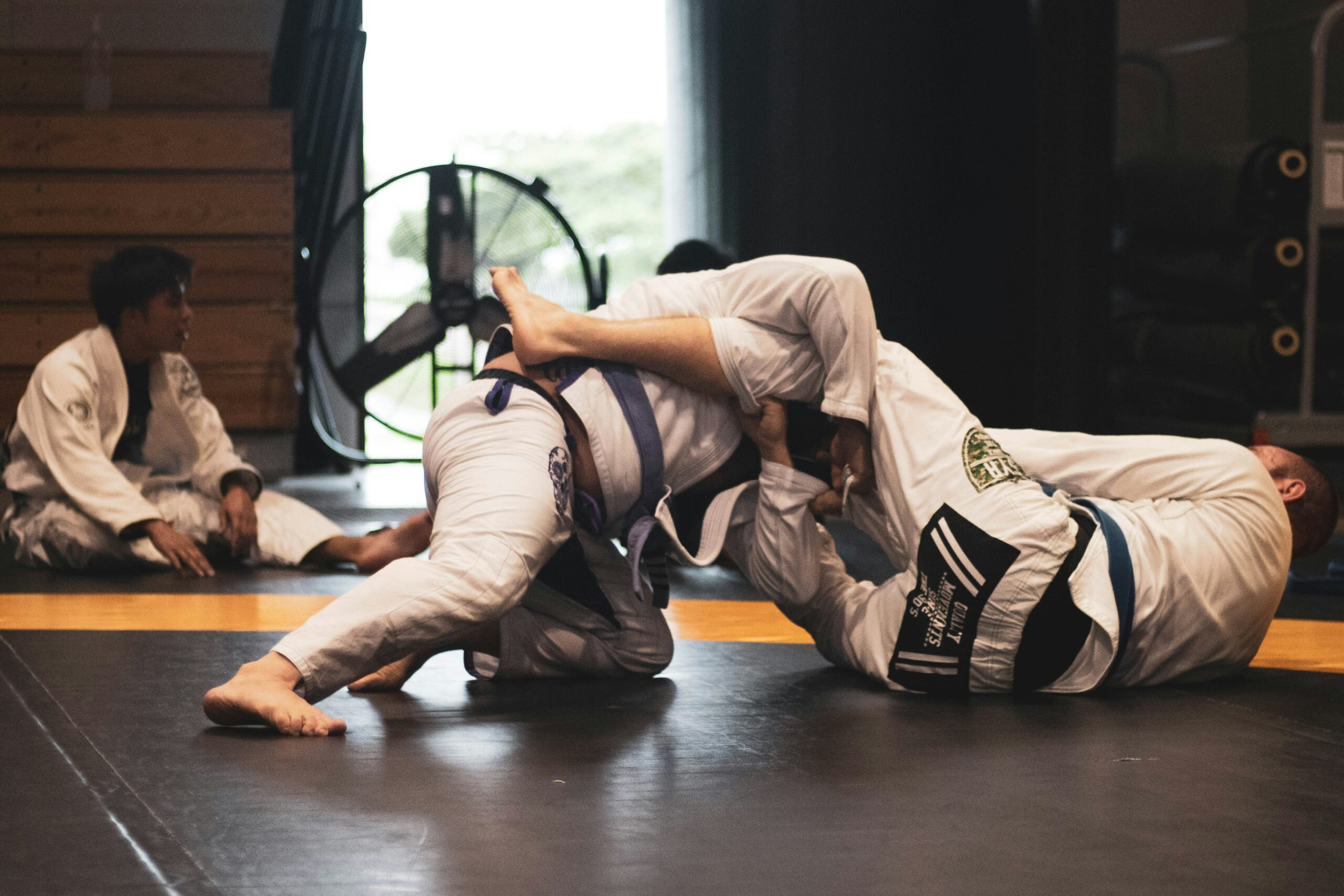
Why Organisations Struggle to Act on What They Know
In martial arts such as Judo, kuzushi refers to the technique of breaking an opponent’s balance using their own weight, posture, or momentum. It is subtle, strategic, and requires precision—an apt metaphor for how leaders can disrupt organisational inertia with minimal force.
Organisational inertia is rarely outright resistance. More often, it stems from entrenched systems—a combination of existing business models, behaviours, and cultural norms—that subconsciously resist change. Even with sound governance, long-term strategies, and well-documented growth plans, success is stifled if inertia is not overcome.
In the Connected Age (a concept explored in Connected Age: Being the Best You Can in the New World by Sudhakar Ram), knowledge is widely democratised. The real advantage lies in translating that knowledge into timely action. Here are five ways organisations can do just that.
- Start with the “Why”
Change begins with a shared understanding of purpose. It’s not enough to explain what must change—you must clarify why. When individuals connect emotionally with the opportunity for change, their creative potential is activated.
A clear, compelling mission is essential. It must resonate at both individual and team levels to drive meaningful engagement and momentum.
- Learn by Doing
Over time, large organisations tend to develop layers of management where talking often takes precedence over doing. While communication is important, action is what fuels change.
Leaders should model the behaviour they expect—less talk, more action. Adopting an apprenticeship mindset, where leaders actively teach and demonstrate key skills, can create a culture of hands-on learning.
Even in routine activities like retrospectives or project reviews, participants should be encouraged to walk away with concrete actions, not just commentary.
- Eliminate Fear
Fear is a major inhibitor of change. People naturally worry about how change will affect their roles, responsibilities, or status.
To counter this, leaders must build a culture that accepts risk and views failure as a stepping stone to success. When failure is seen as an opportunity to learn rather than a reason for punishment, people are more likely to take initiative.
Creating psychological safety is not optional—it’s foundational for sustained growth.
- Remove Internal Competition
Inward-focused rivalries between business units or departments drain energy and stifle progress. When internal politics overshadow external focus, customer care and market responsiveness suffer.
Leadership should align all units behind a common goal: improving the organisation’s position in the market. Collaboration must replace competition.
- Measure What Matters
As discussed in a previous article, KPIs and metrics shape organisational culture. Regardless of what leaders say, people respond to what is measured and reviewed.
To enable change, organisations need to reassess their metrics from the ground up. A zero-based approach to selecting metrics can prevent the baggage of outdated measures from skewing behaviour.
From Knowledge to Action
In today’s fast-paced environment, knowing isn’t enough—action is everything. Overcoming inertia requires intent, alignment, and sustained effort.
If you’re a change agent, what techniques have you found effective in shifting your organisation from stasis to motion? Share your thoughts and let’s learn from one another.
Inspired by the principles of kuzushi, let’s learn to shift our organisations with precision and purpose—and turn momentum into growth.
If you are a change agent, what other techniques have you used to overcome organisational inertia?
